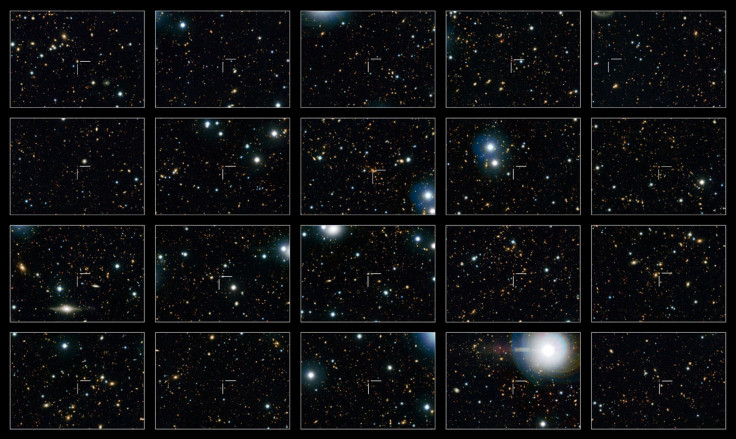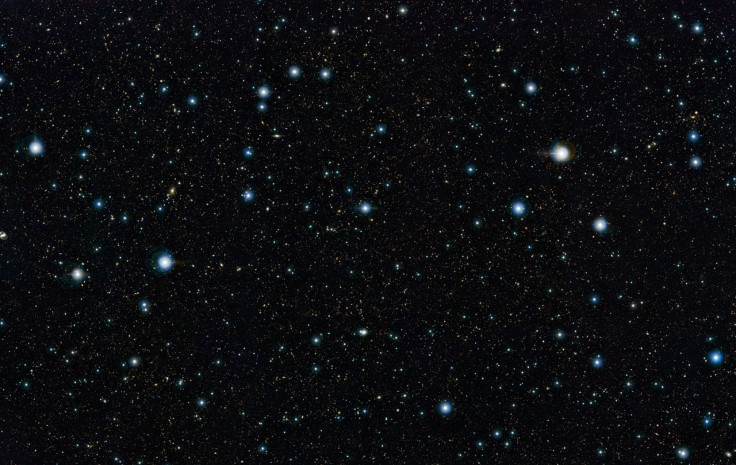Hubble’s Massive COSMOS Solves Galaxy Evolution Mystery Of Growing ‘Quenched Galaxies'
The Hubble Space Telescope’s COSMOS survey provided researchers with the data necessary to solve the mystery of galaxies that had no star formation activity but seemed to be growing as part of the evolution of galaxies. For the astronomers that solved the problem of “quenched galaxy” growth it was simply a matter of perspective.

The quenched galaxies from the universe’s past seemed to be smaller when compared to the larger quenched galaxies seen today. The quenched galaxies in the universe are not forming new stars and, in theory, should not be growing. Researchers hypothesized the growth may be due to a series of collisions smaller ancient quenched galaxies, combining the two smaller galaxies into a larger galaxy, but the amount of the smaller galaxies necessary for that theory to work were not present.
Led by Marcella Carollo, from ETH Zurich, in Switzerland, a team of astronomers used the Hubble Space Telescope’s COSMOS, Cosmological Evolution Survey, to solve the mystery of the growing quenched galaxies. Hubble’s COSMOS provides researchers with 575 views of the universe using the Advanced Camera for Surveys. The researchers examined distant quenched galaxies, going as far back as eight billion years into the universe’s past. Using COSMOS, the Canada–France–Hawaii Telescope and the Subaru Telescope, the astronomers observed data from an area of the universe approximately nine times that of the moon.
It turns out quenched galaxies seen today are not bigger due to older quenched galaxies merging together, it was simply a matter of perspective and the mystery had a rather simple solution. According to the researchers, galaxies were smaller in the early universe and stopped forming stars at an earlier stage compared to galaxies seen in the universe today.

Galaxies today are much larger and shut off at a later stage. Co-author Simon Lilly, from ETH Zurich, said the “the mistaken impression of individual galaxy growth over time” was due to larger galaxies, with more material to form stars, shutting off at a later time. Carollo said, “Whenever we see simplicity in nature amidst apparent complexity, it's very satisfying.”
Alvio Renzini, from the INAF Padua Observatory in Italy, had an earthly analogy when explaining the solution to the mystery. Renzini said, “It's like saying that the increase in the average apartment size in a city is not due to the addition of new rooms to old buildings, but rather to the construction of new, larger apartments,” said in a statement.
The scope of COSMOS allowed researchers to study each galaxy in the same manner, allowing for a definitive comparison. “No single collection of images has been large enough to enable us to study very large numbers of galaxies in exactly the same way,” said Carollo. The team’s research will be published in The Astrophysical Journal.
A video giving a zoomed-in glimpse of a section of the universe as observed by COSMOS can be viewed below.
© Copyright IBTimes 2025. All rights reserved.






















